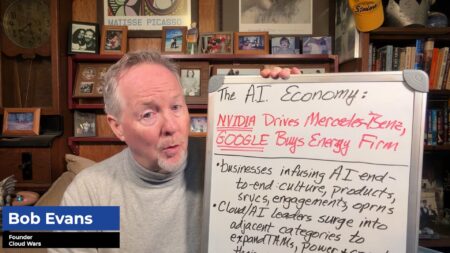
In a fast-changing, data-flooded world beset by social and economic challenges, the need for efficient data analysis and speedy decision-making has enhanced the demand to automate data processes, but not all data processes are cut out for automation. Here’s a guide.
The Usual Data Process
The usual data process steps are:
- Data Generation
- Data Extraction
- Data Transformation
- Data Loading
- Data Analysis
- Data Ingestion
You can simplify the process by combining multiple steps (such as “Extraction-Transformation-Loading”) or amplify it by adding new steps (such as “Data Modeling” or “Decision-Making.”)
Identifying the Context
Every single step in a data process happens within a separate system or tool. When adding data, each step’s complexity increases. All this complexity means that, in a traditional scenario, multiple people are required to handle data processes. And we all know that where there’s human intervention, there are errors and discrepancies — even more so when multiple people are involved in the same process.
Then, let’s add externalities like industry-specific regulation, risk management, cybersecurity, internal compliance, and General Data Protection Regulation (GDPR). While all those elements are not inherent to the data itself, they nevertheless heavily impact any data process in any organization in any part of the world; our environment is just to hyperconnected for it to be otherwise. These externalities add more challenges to data professionals, leaving processes more error-prone than ever before.
In the last few years, robotics process automation (RPA)- and artificial intelligence (AI)-powered applications have emerged as every data professional’s greatest technology partners. These applications automate common data processes, thereby increasing efficiency and productivity and reducing errors. Sometimes, you don’t even need RPA or AI to automate a task; a good script of code in any programming language, or the right set of tools, can be enough to automate many tasks.
Join us on October 27, 2022 for Acceleration Economy’s Data Modernization Digital Battleground, a digital event in which four leading cloud vendors answer questions on key considerations for updating data strategies and technology. Register for free here.
When to Automate Data Processes
The benefits of automation for data processes, either by using RPA or AI, are undeniable. Automation is not limited to one step in the process — it can happen within any part of the data process. Best-case scenarios for data process automation include:
- Processes or tasks with sole or limited output. For example, internal processes within a single step. There are usually many micro-steps that need to happen within each big step of these processes. Automating those micro-tasks as the only possible outcome is just one of a few options.
- Processes or tasks with high regulation. When critical tasks must be performed, and their outcome is subject to specific regulation or compliance, then automation is appropriate.
- Processes that involve structured data. Automation is particularly suitable for processes that deal with structured data, since their outputs are easier to anticipate.
There are other scenarios suitable for automation, but these are the simplest ones.
Avoid the mistake of automating a long, inefficient existing process without optimizing it first. It’s easy to avoid optimizing processes, since doing so involves questioning the status quo of business operations, people, and departments. You might make “enemies” when optimizing processes, but it should be done before implementing automation because automating a long and inefficient process is challenging and can lead to more problems down the line.
When Not to Automate Data Processes
When you automate, you reduce the intervention of the most sophisticated intelligence machine that has ever existed, one that’s capable of identifying and understanding what no other system, machine, or computer can do: the human brain. Therefore, not all data processes should be automated, so that the human brain can continue to give its necessary and valuable input.
Assuming that your overall process has been optimized — or at least reviewed — here is one scenario in particular that would not benefit from an automation process.
- Processes with multiple or unknown outputs. Complex processes or simple processes with complex data — usually semi-structured, unstructured, or real-time data — make it difficult to anticipate the output. These unpredictable and nuanced situations require human intervention.
Final Thoughts
The purpose of automation is to enhance human capabilities, not to replace human beings or reduce human capabilities. It is to allow humans to be able to do more with fewer resources. If processes have been analyzed, reviewed, and optimized, automation will be highly effective. If not, automation is like fitting a Ferrari engine into a Ford Fiesta. It might work for a while, but will ultimately create more trouble.
Want more insights into all things data? Visit the Data Modernization channel:







